Collective Molecular Activities of the Plant: Bunium Paucifolium
Unknown.
Turkey; Iraq; Iran; Russia
Overview of Ingredients
28 All known Ingredients in Total
Unique ingredients have been isolated from this plant.Plant-Ingredients Associations were manually curated from publications or collected from other databases.
24 Ingredients with Acceptable Bioavailablity
Unique ingredients exhibit acceptable human oral bioavailablity, according to the criteria of SwissADME [PMID: 28256516] and HobPre [PMID: 34991690]. The criteria details:SwissADME: six descriptors are used by SwissADME to evaluate the oral bioavailability of a natural product:
☑ LIPO(Lipophility): -0.7 < XLOGP3 < +5.0
☑ SIZE: 150g/mol < MW < 500g/mol
☑ POLAR(Polarity): 20Ų < TPSA < 130Ų
☑ INSOLU(Insolubility): -6 < Log S (ESOL) < 0
☑ INSATU(Insaturation): 0.25 < Fraction Csp3 < 1
☑ FLEX(Flexibility): 0 < Num. rotatable bonds < 9
If 6 descriptors of a natural plant satisfy the above rules, it will be labeled high HOB.
HobPre: A natural plant ingredient with HobPre score >0.5 is labeled high human oral availability (HOB)
17 Ingredients with experimental-derived Activity
Unique ingredients have activity data available.Ingredient Structrual Cards

Ingredient ID: NPC88566
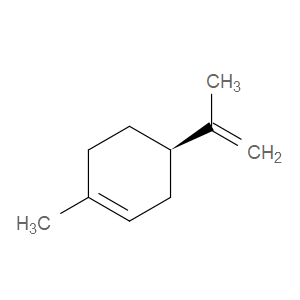
Ingredient ID: NPC76145

Ingredient ID: NPC7568
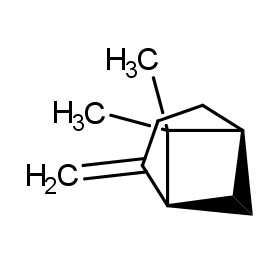
Ingredient ID: NPC62086
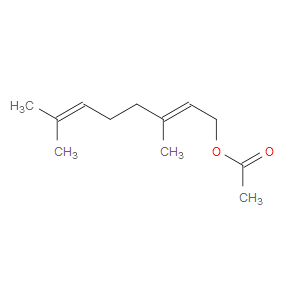
Ingredient ID: NPC47946
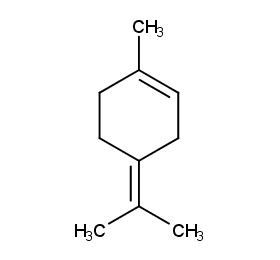
Ingredient ID: NPC3649
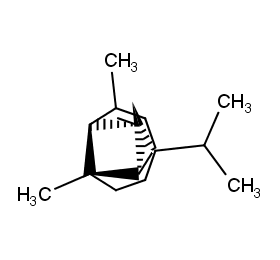
Ingredient ID: NPC34258
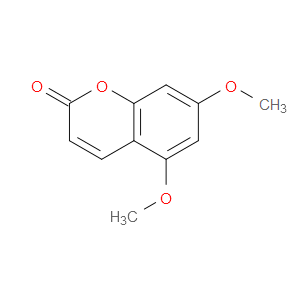
Ingredient ID: NPC298796
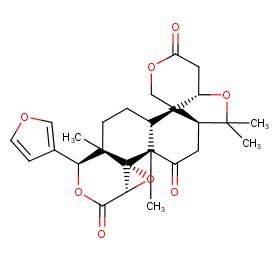
Ingredient ID: NPC273756
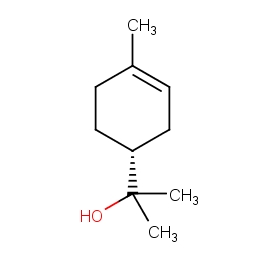
Ingredient ID: NPC27184
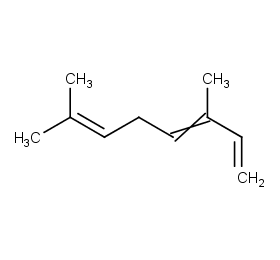
Ingredient ID: NPC262789
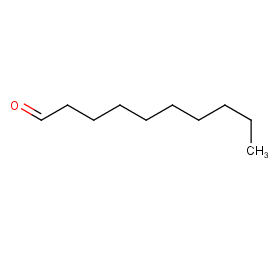
Ingredient ID: NPC262505
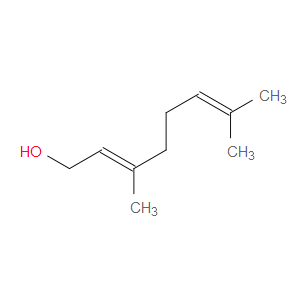
Ingredient ID: NPC255042
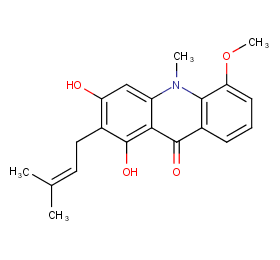
Ingredient ID: NPC250505
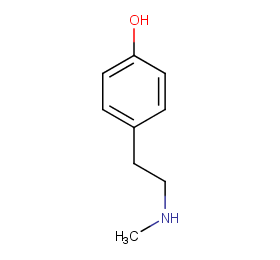
Ingredient ID: NPC248681
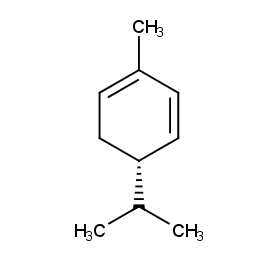
Ingredient ID: NPC232375
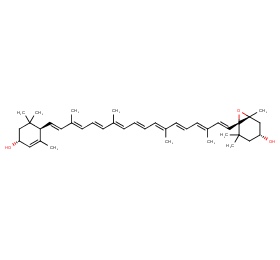
Ingredient ID: NPC226555
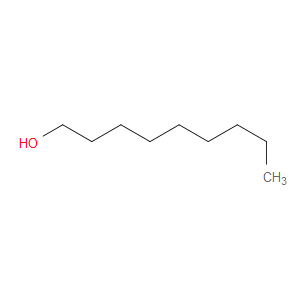
Ingredient ID: NPC225783
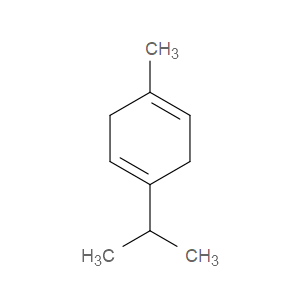
Ingredient ID: NPC213749
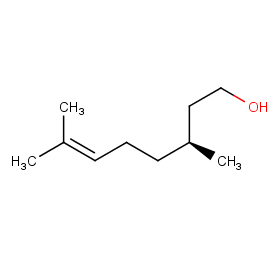
Ingredient ID: NPC210560
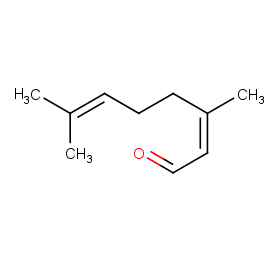
Ingredient ID: NPC190771
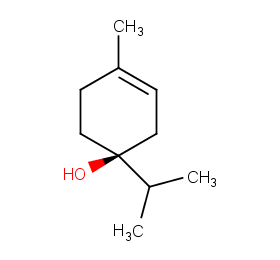
Ingredient ID: NPC188238
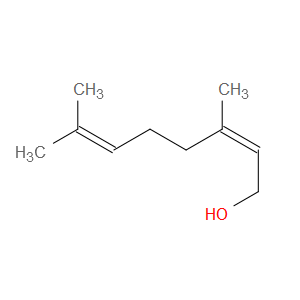
Ingredient ID: NPC182840
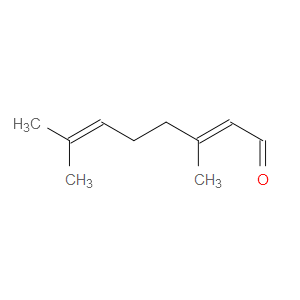
Ingredient ID: NPC18205
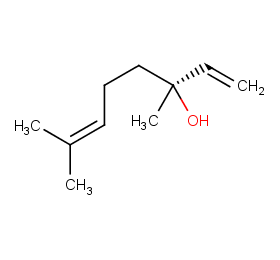
Ingredient ID: NPC139546
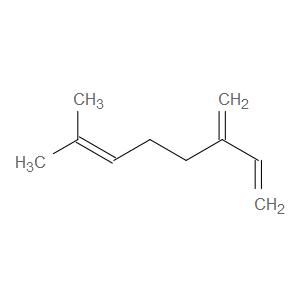
Ingredient ID: NPC138113
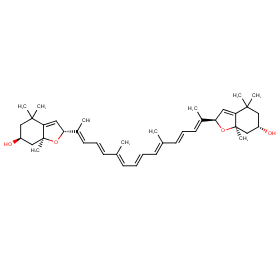
Ingredient ID: NPC130308
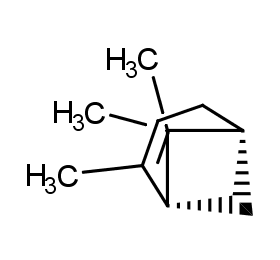
Ingredient ID: NPC114239
Classification of Human Proteins Collectively Targeted by the Plant
Detailed Information of Target Proteins
| Target Type | Protein Class | Gene ID | Protein Name | Uniprot ID | Target ChEMBL ID |
|---|---|---|---|---|---|
| Therapeutic Target | Methyl-lysine/arginine binding protein | L3MBTL1 | Lethal(3)malignant brain tumor-like protein 1 | Q9Y468 | CHEMBL1287622 |
Clinical trials associated with plant from natural product (NP) & plant level:
| Clinical trials type | Number of clinical trials | |
|---|---|---|
| 3 | ||
| NCT ID | Title | Condition | Form in clinical use | Associated by plant or compound |
|---|---|---|---|---|
| NCT04853082 | Limonene on Regulating Metabolism-related Fatty Liver Disease (MAFLD) and Analysis of TCM Constitution | Hepatic steatosis | Limonene (NPC76145) | |
| NCT04392622 | d-Limonene +Radiation +Platinum Based Chemo for Xerostomia Prevention in Locally Advanced Head and Neck Squamous Cell Carcinoma | xerostomia | Limonene (NPC76145) | |
| NCT05432284 | Behavioral Pharmacology of THC and Beta-Myrcene | cannabis dependence | Myrcene (NPC138113) |
❱❱❱ Associated Human Diseases and Detailed Association Evidence
How do we define the Plant-Targeted Human Disease Association?
Associated human diseases of an individual plant are summurized based on FOUR types of association evidence, these include:
❶ Association by Therapeutic Target: Bioactive protein targets of the plant were defined in "Molecular Targets" section, target-disease associations collected from TTD database were subsequently used to build the associations between the plant and its targeted human diseases.
❷ Association by Disease Gene Reversion: Plant and a specific disease will be associated when >= 1 plant target gene overlaped with disease's DEGs.
❸ Association by Clinical Trials of Plant: Plant and a specific disease will be associated when >= 1 clinical trial (the plant is the intervetion) can be matched in ClinicalTrials.gov database.
❹ Association by Clinical Trials of Plant Ingredients: Plant and a specific disease will be associated when >= 1 clinical trial (the plant ingredient is the intervetion) can be matched in ClinicalTrials.gov database.
Associated Disease of the Plant |
Association Type & Detailed Evidence |
|---|---|
Cannabis use disorderDisease Category: 06.Mental, behavioural or neurodevelopmental disordersDisease ICD-11 Code: 6C41 |
NCT05432284
|
XerostomiaDisease Category: 13.Diseases of the digestive systemDisease ICD-11 Code: DA02.1 |
NCT04392622
|
Other specified non-alcoholic fatty liver diseaseDisease Category: 13.Diseases of the digestive systemDisease ICD-11 Code: DB92.Y |
NCT04853082
|
Malignant neoplasms of biliary tract, distal bile ductDisease Category: 02.NeoplasmsDisease ICD-11 Code: 2C15 |
L3MBTL1
|
HepatoblastomaDisease Category: 02.NeoplasmsDisease ICD-11 Code: 2C12.01 |
L3MBTL1
|
Hepatocellular carcinoma of liverDisease Category: 02.NeoplasmsDisease ICD-11 Code: 2C12.02 |
L3MBTL1
|

